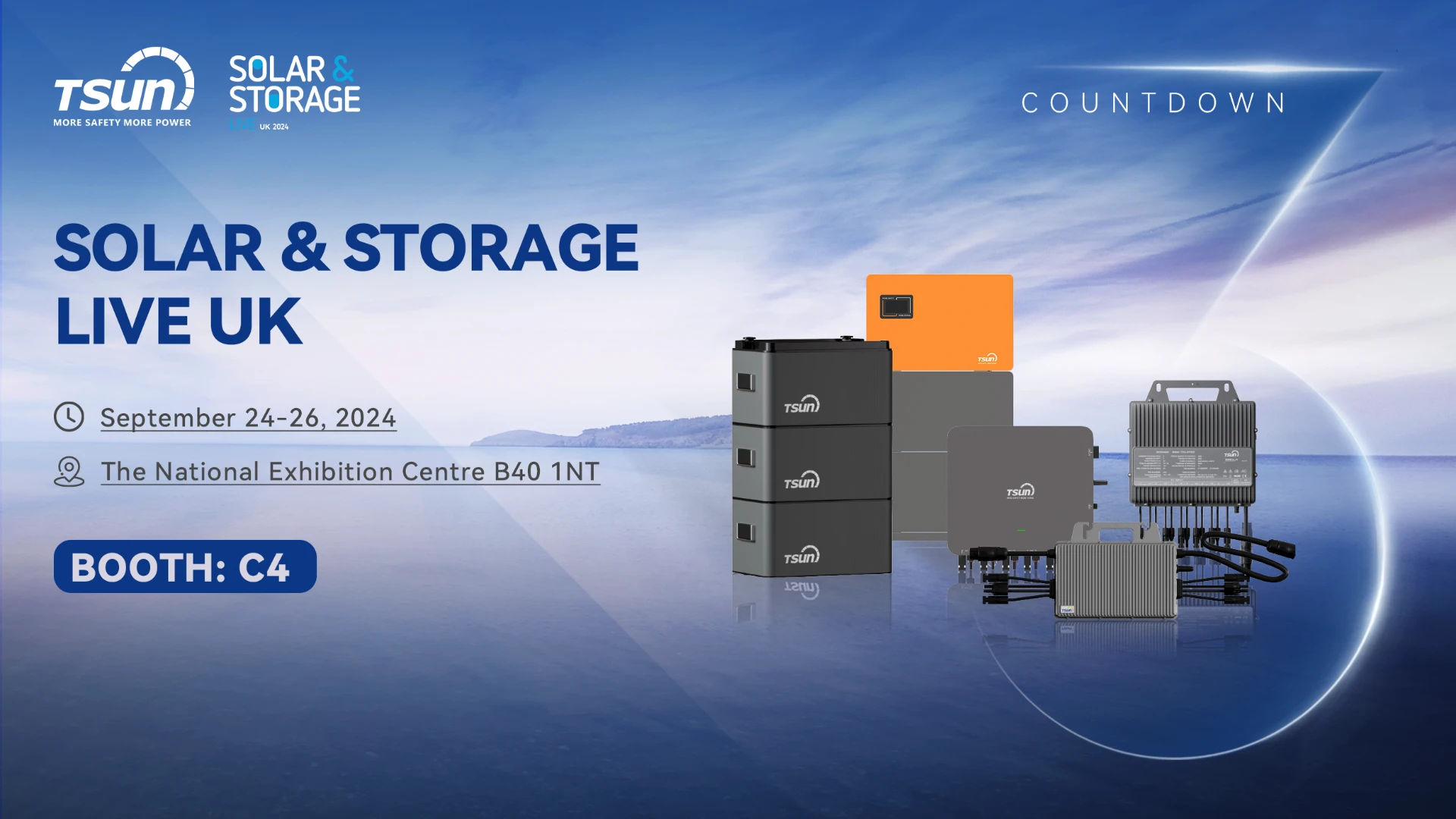In the realm of renewable energy, microinverters have become a pivotal component, significantly influencing the efficiency of solar energy systems. As the demand for solar energy continues to flourish, understanding the nuances of microinverter efficiency is crucial for homeowners and businesses alike seeking to maximize their energy output and investment.

Microinverters play a crucial role by converting direct current (DC) produced by solar panels into alternating current (AC), which can be used by household appliances or fed back into the electrical grid. Unlike traditional central inverters, which handle energy conversion from an entire solar array, microinverters are installed on a per-panel basis. This decentralized approach leads to improved performance, particularly in situations where shading, soiling, or varying panel orientations could impair energy production.
Experience from various solar installations highlights that microinverters can enhance the overall efficiency of a solar energy system by as much as 20%. One notable case involves a residential property in California, where the homeowner reported a significant increase in power output after switching from a string inverter to microinverters. This boost in efficiency was primarily attributed to the microinverters' ability to optimize the energy yield of each individual panel, thereby minimizing losses incurred by shaded or poorly-performing panels.

From a professional standpoint,
microinverters offer superior efficiency through their innovative technological design. The principle of Maximum Power Point Tracking (MPPT) is applied individually to each solar panel. This technique ensures that each panel produces energy at its optimal efficiency, regardless of any discrepancies in performance caused by external factors. Experts in photovoltaic technology affirm that the presence of MPPT in microinverters plays a vital role in maximizing energy capture, crucial for both residential and commercial installations where space is often limited.
microinverter efficiency
Authoritativeness in the field of solar energy systems is demonstrated by microinverters' wide adoption by leading manufacturers like Enphase Energy and SolarEdge. These companies have pioneered the development of advanced microinverter systems that not only increase efficiency but also offer superior monitoring capabilities. Users can track the performance of each panel in real time through sophisticated software, providing invaluable insights that aid in maintenance and operational adjustments to further enhance efficiency.
The trustworthiness of microinverters extends beyond their technical capabilities to their robust design and reliability. Built to withstand harsh weather conditions, microinverters typically offer longer warranties than traditional inverters. For instance, many manufacturers provide warranties of up to 25 years, underscoring their confidence in the product's long-term reliability. This extended warranty period aligns with the lifespan of solar panels, ensuring that the system remains efficient and cost-effective throughout its operational lifespan.
Trust in microinverter technology is bolstered by independent studies and certifications, such as those conducted by the Institute of Electrical and Electronics Engineers (IEEE) and Underwriters Laboratories (UL). These certifications validate that microinverters adhere to stringent efficiency and safety standards, affirming their role as a reliable choice for enhancing solar energy systems.
In conclusion, the efficiency of microinverters is not merely a theoretical construct but a tangible benefit observed in numerous real-world applications. Their ability to optimize energy production at the individual panel level, coupled with robust industry support and endorsement, makes them a smart investment for anyone looking to harness the full potential of solar energy. As technology continues to evolve, it is expected that microinverter efficiency will see further advancements, consolidating their status as an indispensable element of modern solar energy systems.
 LEARN DETAILS
LEARN DETAILS



